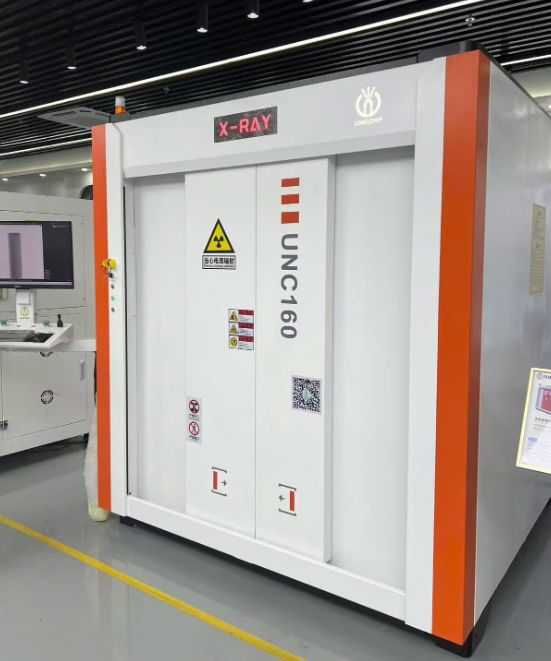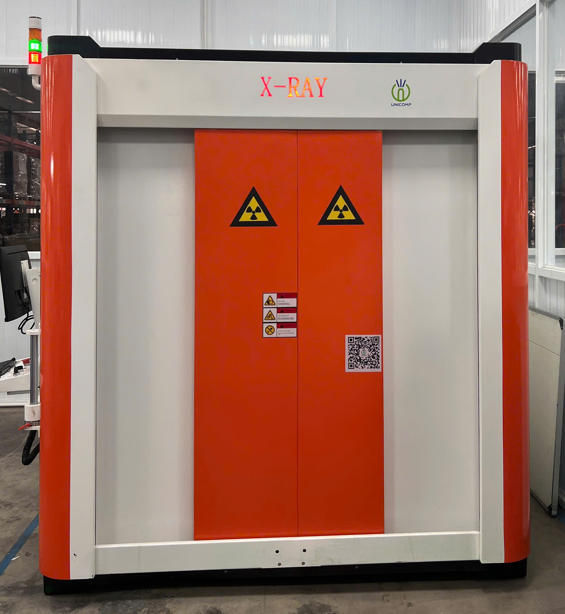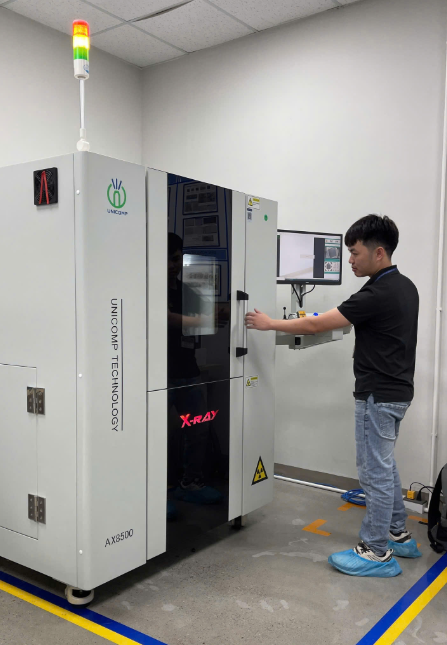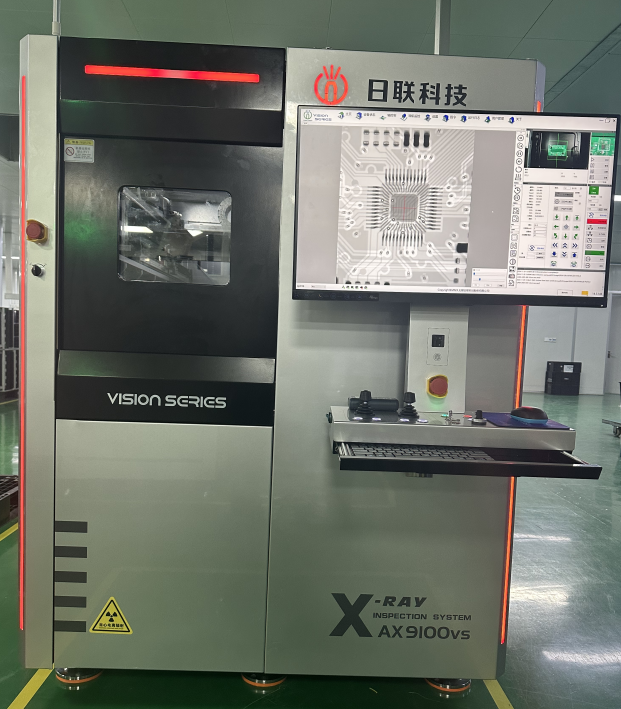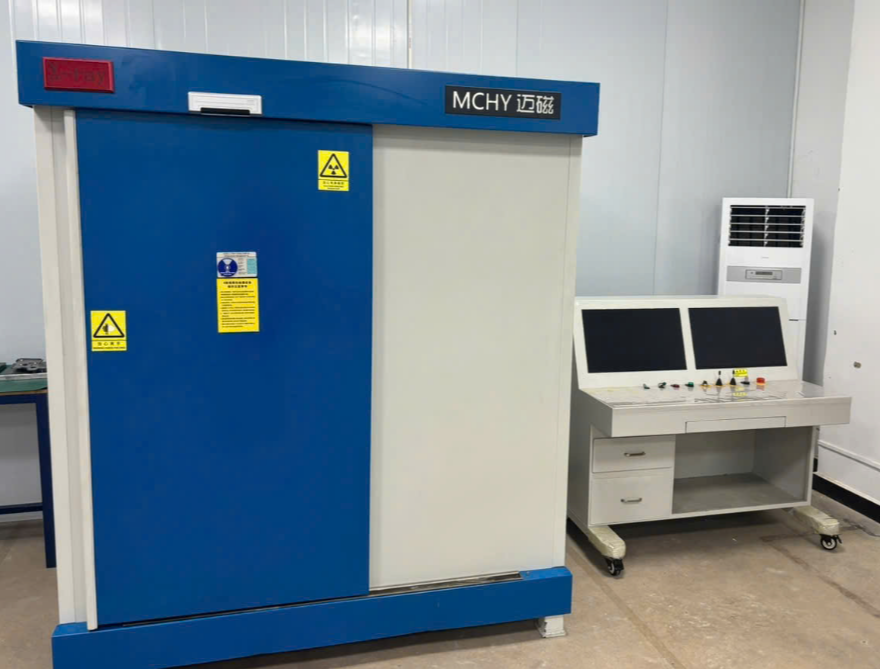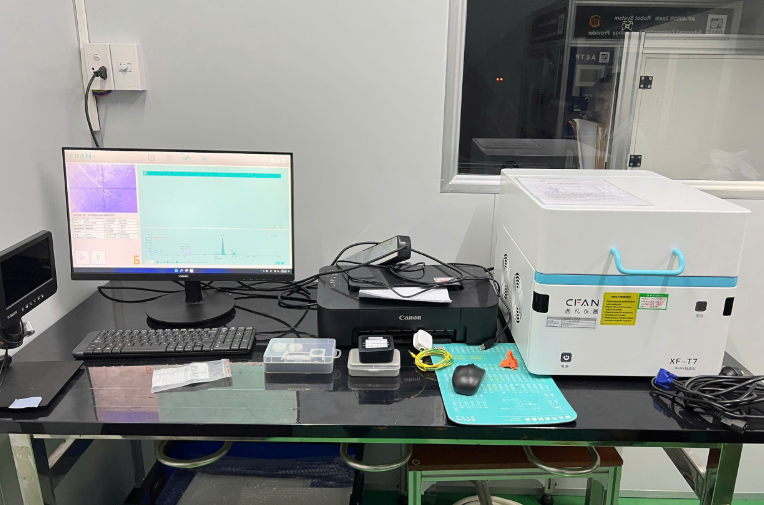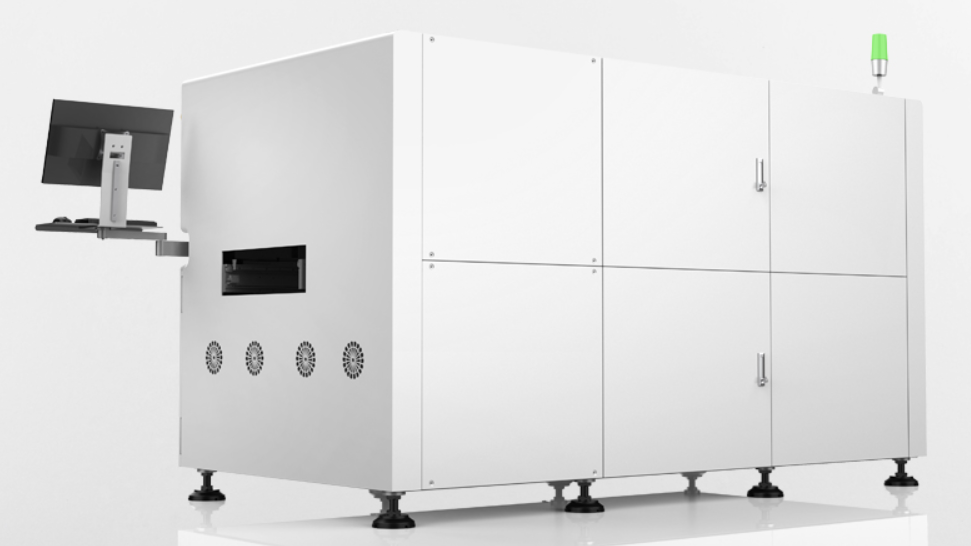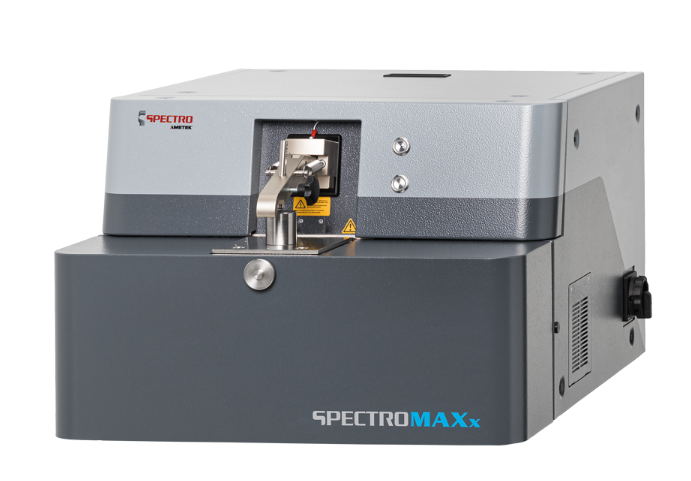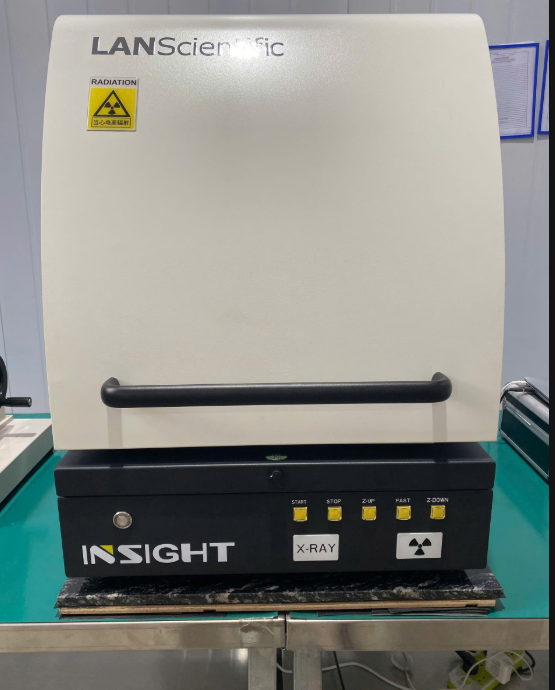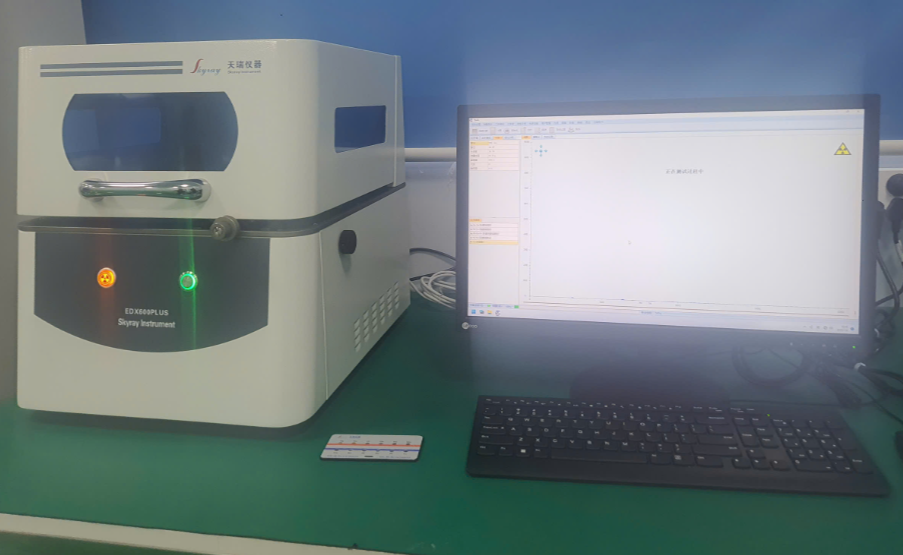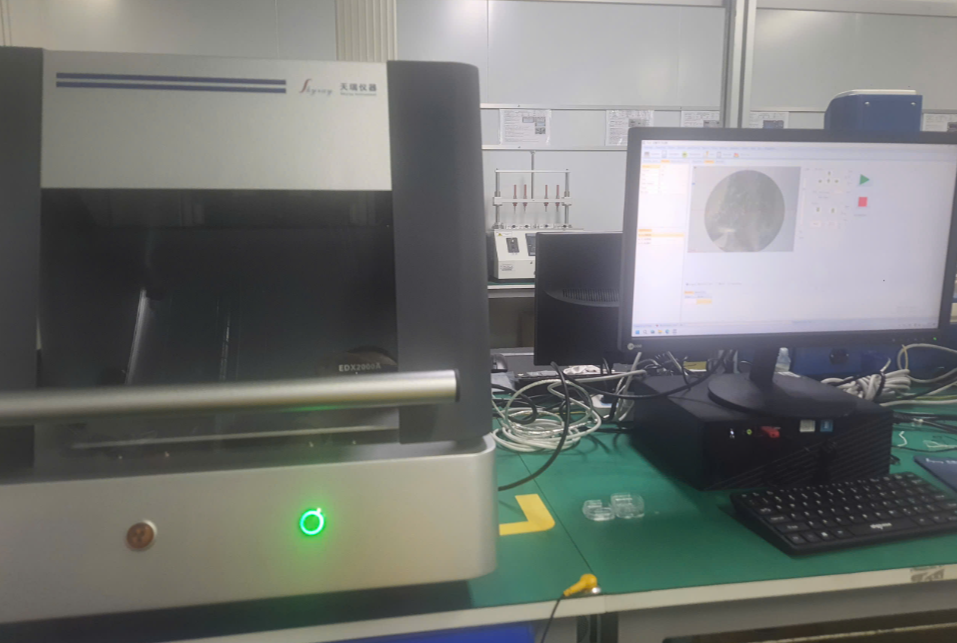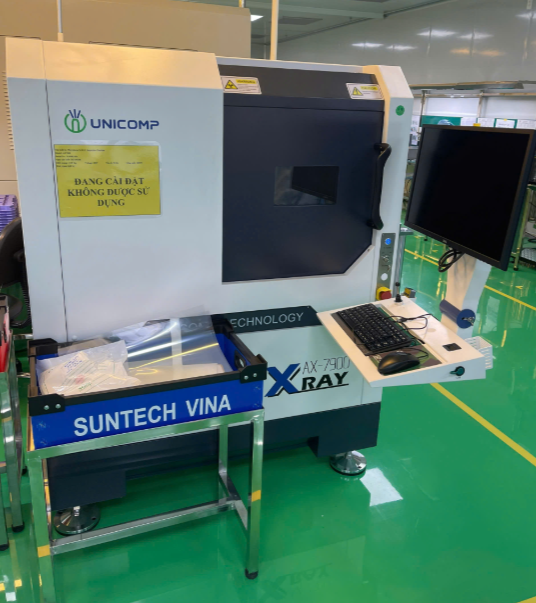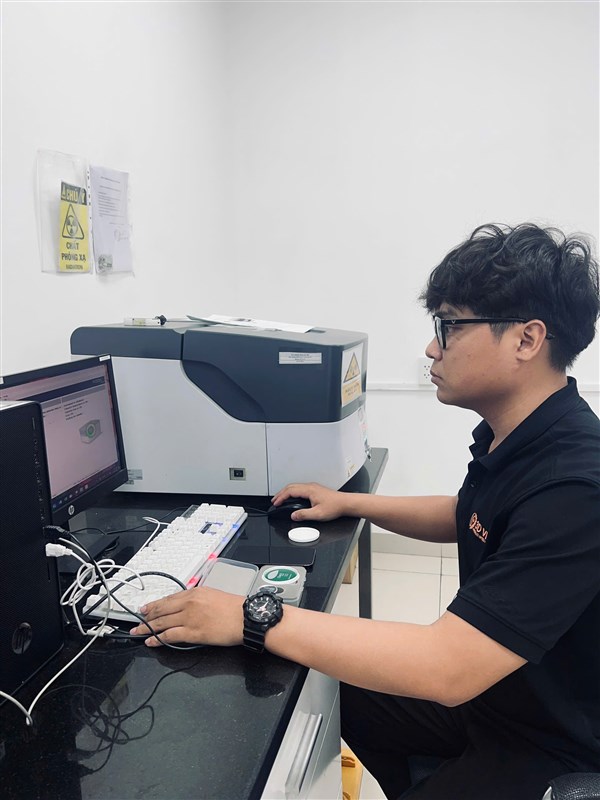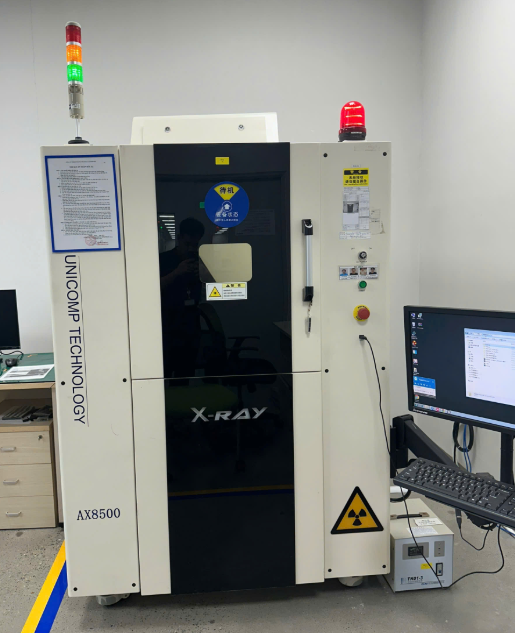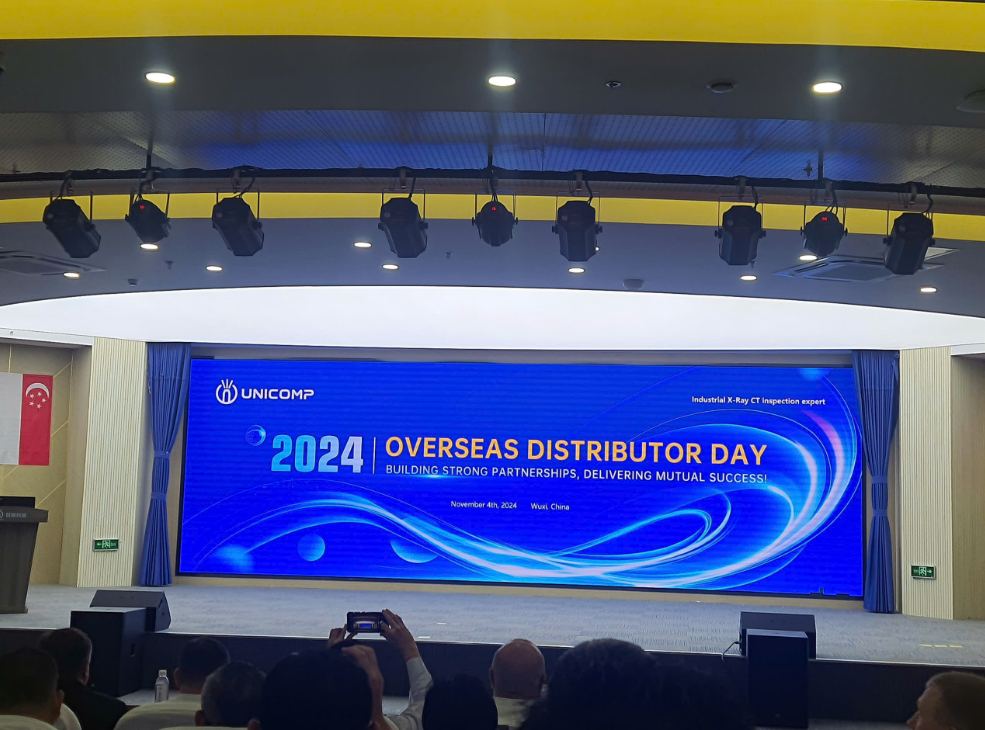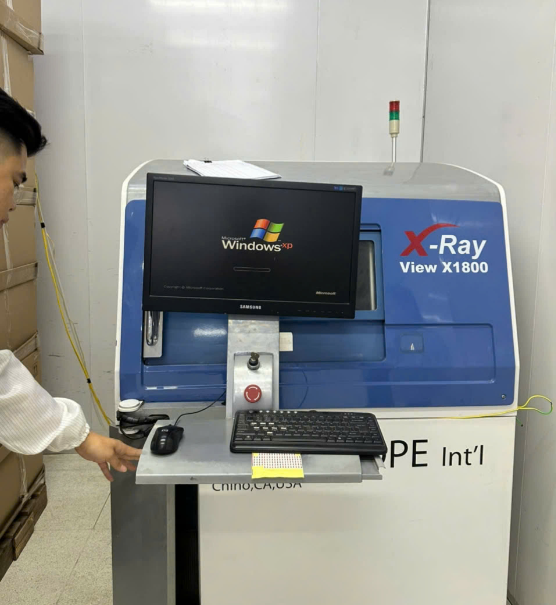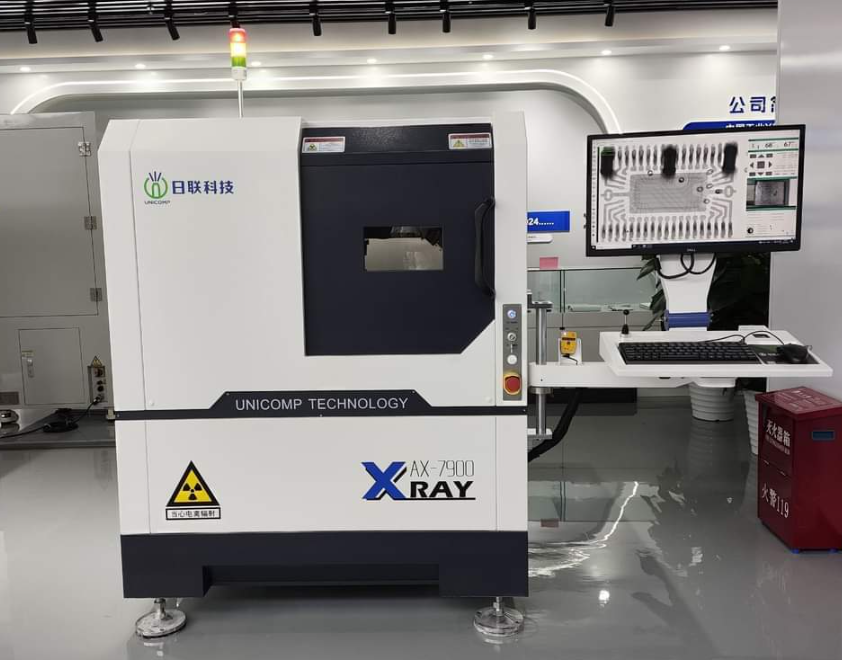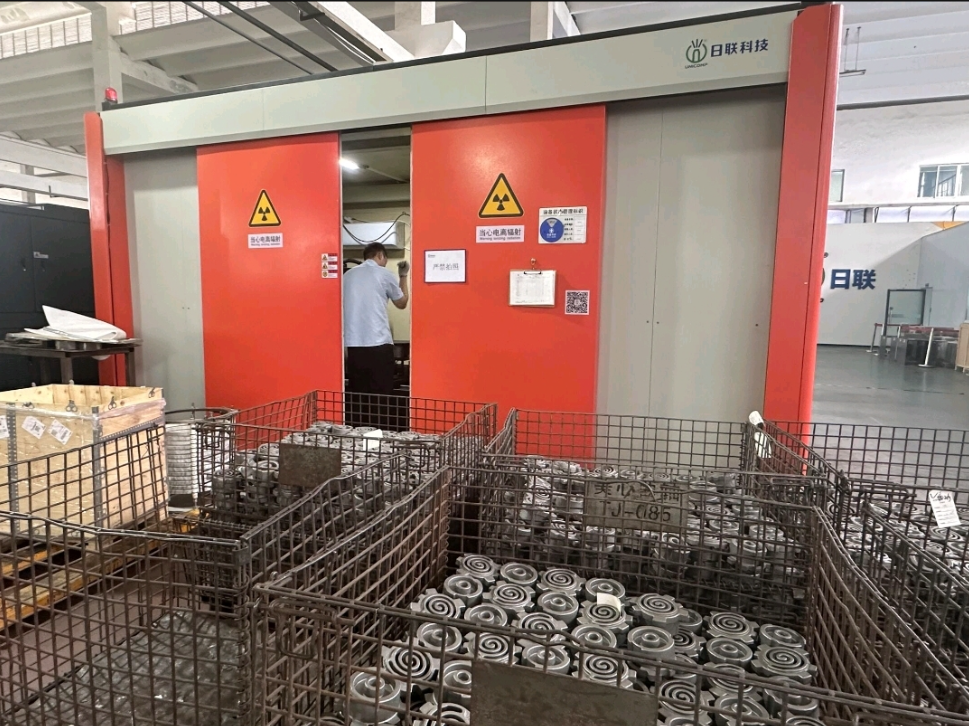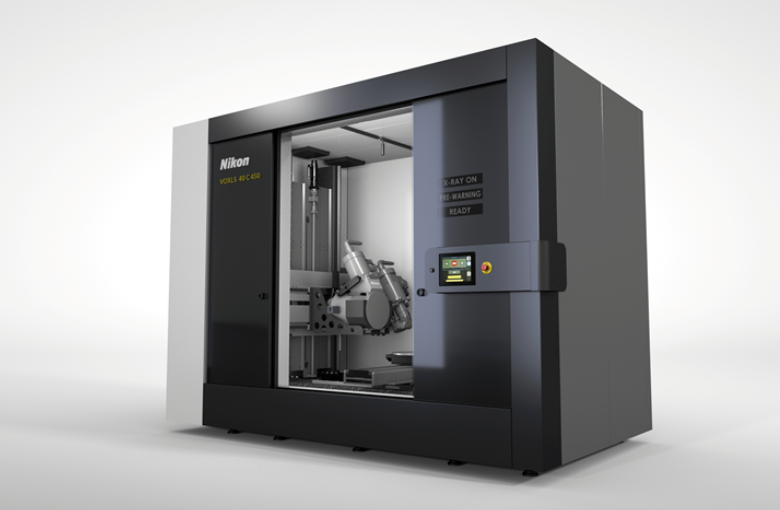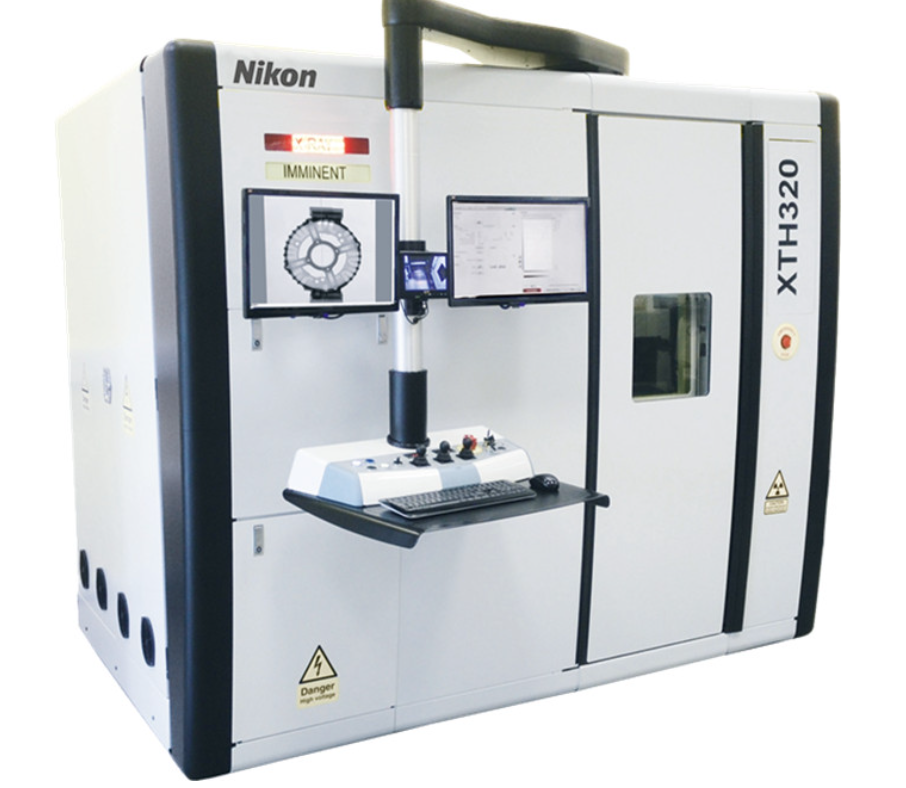Micro-CT, which employs X-rays to collect 3D data, has proven extremely useful for non-destructive examination. As the technique and its capabilities have matured, it is now being used to better understand the change occurring in 3D structures while undergoing mechanical testing.
In situ micro-CT enables the 3D inspection of processes inside a sample under changing external conditions (such as load or temperature), but it has been mostly relegated to the interrupted processes where the stimulus is paused, also referred to as time-lapse imaging. To enable a clearer picture, TESCAN has developed dynamic CT – the most advanced subset of time-resolved 3D X-ray imaging that utilizes high temporal resolution, where a sample is imaged continuously as it is changing and there is no interruption during the process.
The difference between dynamic CT and time-lapse can be thought of as the difference between a stop motion animation and a smooth video. The stop motion has clear missing information between individual time points and insufficient temporal resolution to capture every detail, while the smooth video has enough temporal resolution to fill in the gaps and provide a complete story. Similarly, the advantage of TESCAN’s dynamic CT to perform continuous acquisition on micro-CT lies in the ability to perform uninterrupted, real in situ experiments. The high temporal resolution employed for dynamic CT allows the user to capture data throughout the process, thus avoiding undesirable effects, such as relaxation, which may happen if a pause is required each time a tomogram is collected.
Dynamic micro-CT is an extremely useful and powerful technique, especially when it complements the already existing materials characterization product portfolios of scientific equipment manufacturers such as TESCAN. For academic and industrial users, the ability to supplement their micro-CT needs for non-destructive 3D imaging and ROI location, with the new and exciting possibilities of dynamic micro-CT, will further studies that correlate new material properties with the desired material behavior.
For example, dynamic CT will aid in the development of new materials, including light-weight, high-strength metals, steels, and alloys; new energy storage materials; micro- and nano-sensors; materials optimized for challenging environments, such as batteries and sensors in fast-moving cars at high temperature and high vibrational loads; composite materials in light-weight aircraft; and organic particles to carry drugs in the human body.
Dynamic CT Case Study: Uninterrupted Compression Testing in Additive Manufacturing
As with many manufactured parts, additive manufacturing (AM) products can be prone to both external and internal defects. These defects, such as voids, cracks, delamination, and contaminants, may influence the mechanical performance of a product. However, the complex geometry possible with AM creates unique challenges for inspection. Micro-CT provides non-destructive 3D information about a part and has become essential for detection and analysis of internal imperfections in these intricate parts. However, aside from basic quality analysis, it is also essential to understand how these imperfections influence the behavior of the part when they are actually used.
Dynamic CT can provide detailed information on a part’s actual performance. As mentioned previously, most lab-based in situ micro-CT involving loading a part in compression or tension is done in an interrupted form, where the applied force must be held constant during the tomography collection. This can create issues involving sample relaxation and missing information during the actual loading procedure. Dynamic CT, with continuous acquisition and uninterrupted loading, helps to alleviate these issues.
As an example, several different test specimens were created in plastic using 3D printing. A total of six cylindrical samples, with different internal supports, were formed. Each sample was then compressed continuously using a Deben load stage, while tomography data were collected on a TESCAN CoreTOM system at a rate of one sample rotation every 5.8 seconds with a voxel resolution of 59 µm. This resulted in 210 full sample scans for each sample. The illustration provides an overview of three of these samples including their internal structure, 3D rendered snapshots of the sample throughout the process, and their associated load curves. Through this experimental evaluation of deformation of different geometries, one can develop more precise simulations to best understand optimization for the specific needs of an application. As can be seen on the graph, no relaxation took place during the experiment due to a constant displacement.
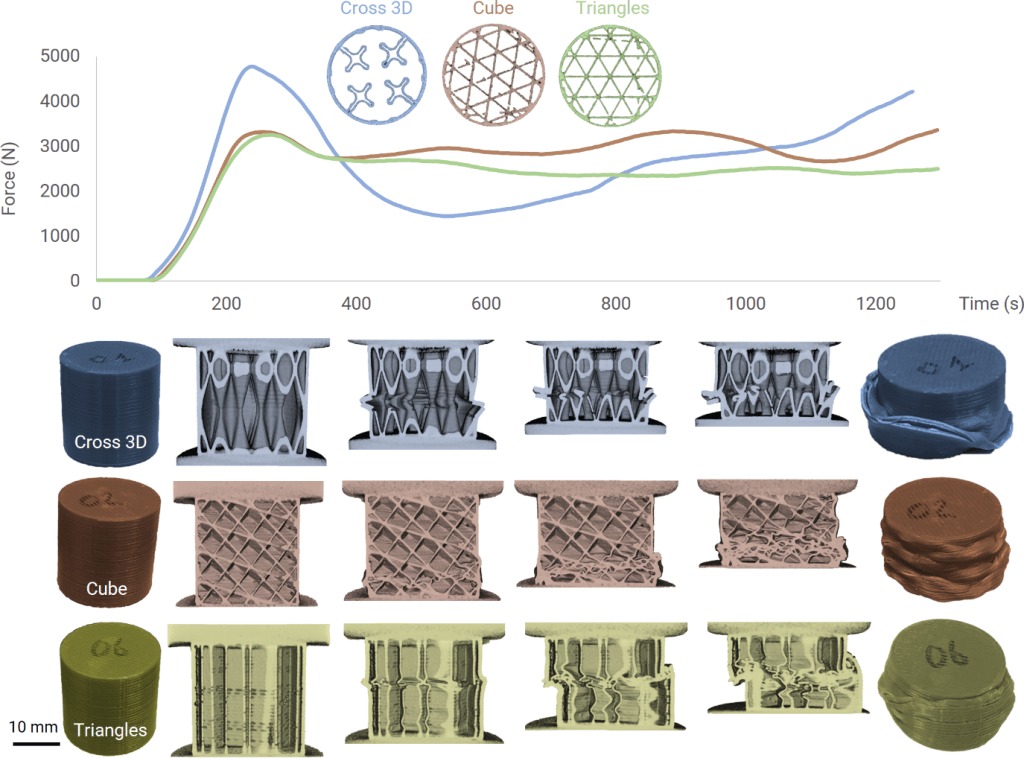
Example of 3 different plastic AM parts that have undergone compression testing while being continuously imaged with dynamic CT. Only 4 images out of 210 collected are shown.
Micro-CT is now pushing into a new realm of temporal resolution, allowing for true dynamic CT experiments. This example illustrates the potential of dynamic CT as a valuable means to better understand what internal (and invisible) changes are contributing to the overall performance of a 3D printed part undergoing a mechanical loading.
Author: Marijn Boone, Product Manager, TESCAN


